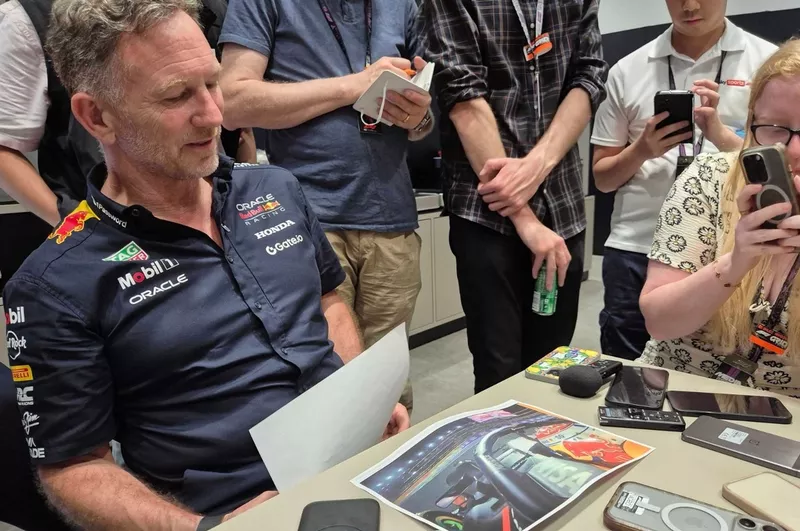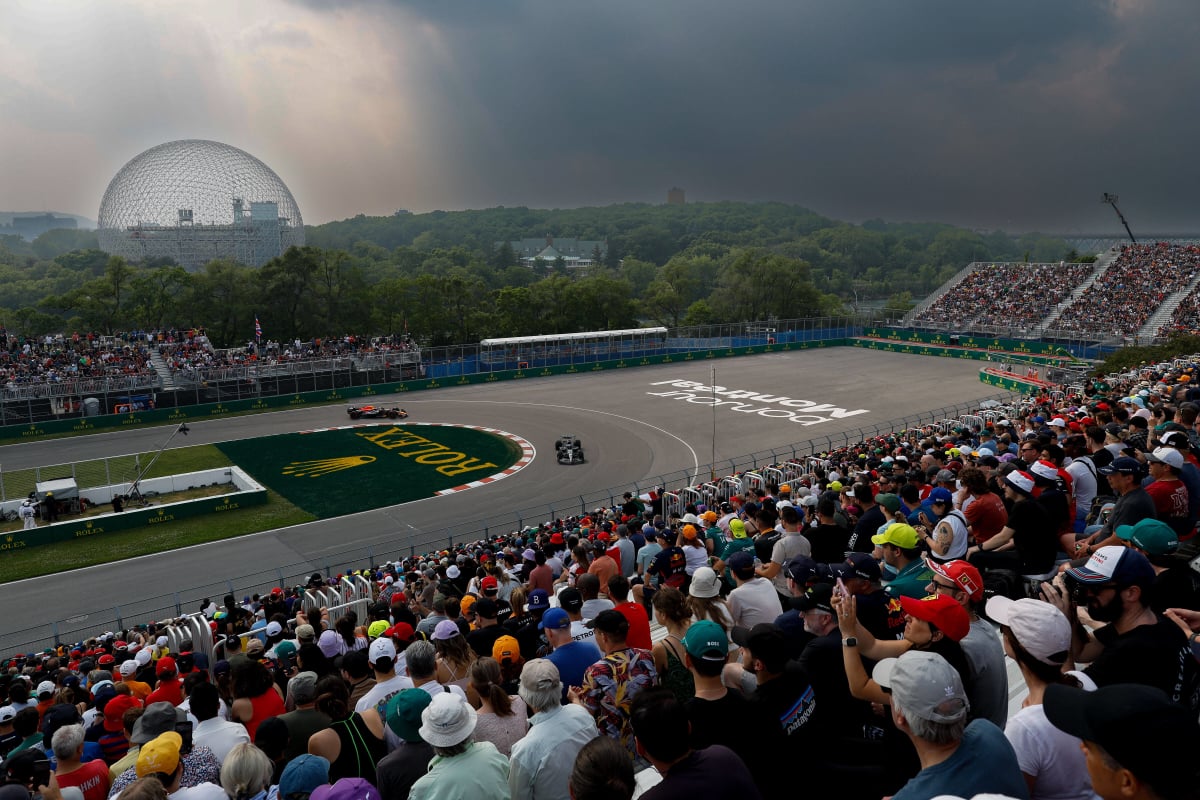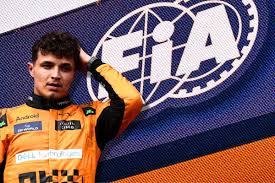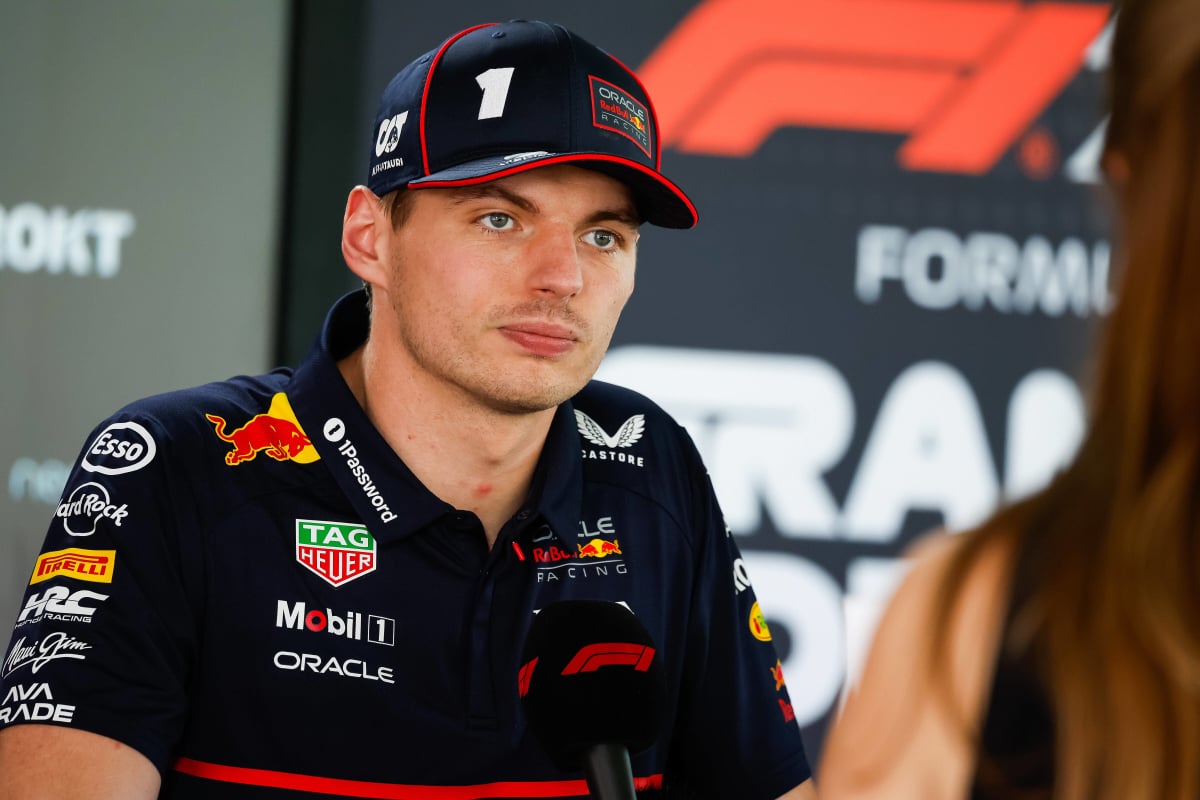Christian Horner produces onboard evidence to dispute FIA harsh….read more
Red Bull Racing plans to engage in further discussions with the FIA after Max Verstappen received a five-second time penalty during the Saudi Arabian Grand Prix. The team believes the punishment was excessively severe and intends to present additional onboard footage to argue their case.
Verstappen started from pole at the Jeddah Corniche Circuit but was overtaken by McLaren’s Oscar Piastri heading into the first corner. In an attempt to reclaim the lead by going around the outside, Verstappen ran out of space and was forced to cut through the escape road. The stewards determined that Verstappen failed to make a genuine effort to stay on track and subsequently gained an advantage, resulting in a five-second penalty.
The Dutch driver served the penalty during his pit stop after leading the early phase of the race and gradually building a lead over Piastri. Upon rejoining, Verstappen dropped behind the McLaren but managed to close the gap to just 2.6 seconds by the chequered flag, ultimately finishing second.
Christian Horner, Red Bull’s team principal, criticized the penalty as unfair. Armed with a screenshot showing Verstappen’s left-front wheel slightly ahead of Piastri’s right-front as they entered Turn 1, Horner argued that Verstappen had done nothing wrong and was in front at the apex. He expressed disappointment that the stewards didn’t account for this, stating the decision contradicted the previously discussed “rules of engagement.”
According to Horner, Red Bull didn’t instruct Verstappen to return the position because they believed the move was legitimate. Returning the place would have compromised Verstappen’s race strategy, potentially putting him in dirty air and vulnerable to attack from George Russell behind. Instead, the team chose to accept the penalty and push on.
Reflecting on the race, Horner lamented that the penalty cost Verstappen the victory. “Without the five-second penalty, we would have won,” he said, pointing out that Verstappen had the pace advantage over Piastri throughout the first stint on medium tyres. By the end of the race, both drivers were on the same compound, and Verstappen still managed to claw back most of the deficit.
Despite their frustration, Red Bull is unlikely to pursue a formal right of review. Horner admitted that a successful appeal was improbable, noting that the stewards seemed confident in their original decision. However, Red Bull will request that the FIA reviews new onboard footage from Verstappen’s car that wasn’t available during the initial judgment. Horner hopes the stewards will take a second look and reconsider their stance based on this new evidence.
He further questioned the consistency of stewarding and the apparent abandonment of the “let them race” philosophy, particularly on the opening lap of races. “They’ve both gone in at the same speed. Oscar went deep. What’s Max supposed to do—disappear?” Horner asked.
Despite the controversy, Red Bull found reasons to be optimistic. The Saudi GP marked an improvement in their car’s performance, particularly in managing tyre temperatures—a weakness exposed in previous races, such as Bahrain. Horner revealed that the team had introduced significant upgrades to the RB21, and the results were promising.
“The hard tyre was very robust today. We didn’t need to do much tyre saving,” he said. “Let’s take the positives: we started on pole, finished second, and showed strong pace.”
Although McLaren appeared dominant in practice, with a seemingly huge gap over the rest of the field, Red Bull believes their race pace showed otherwise. Their analysis suggests they were quicker on both medium and hard compounds, offering encouragement for the rest of the season.
In conclusion, while Red Bull may not formally challenge Verstappen’s penalty, the team is keen for the FIA to revisit the incident and ensure a fairer and more consistent
approach going forward.




